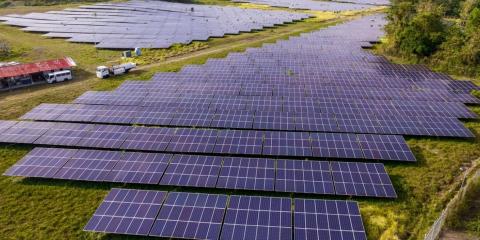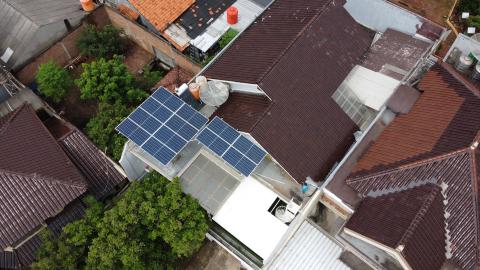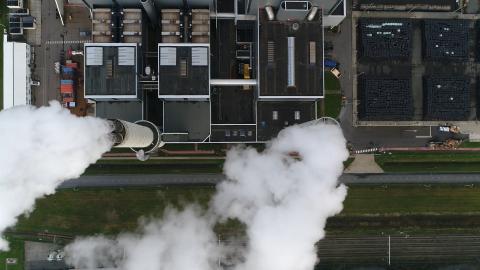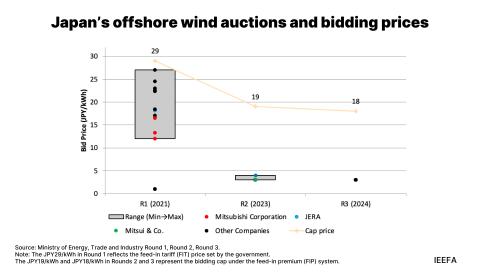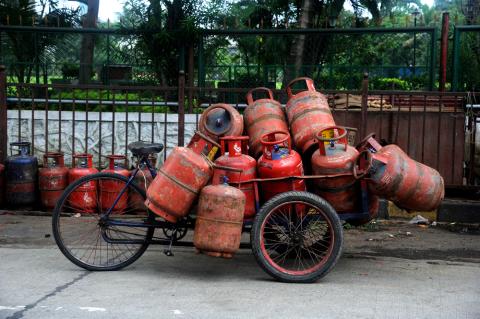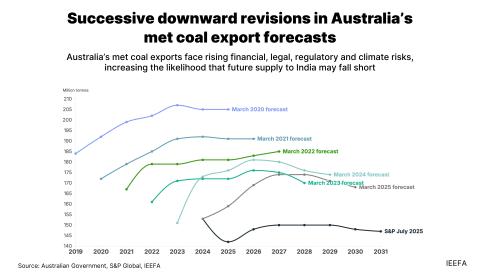Spiking coal prices: Don’t blame the energy transition
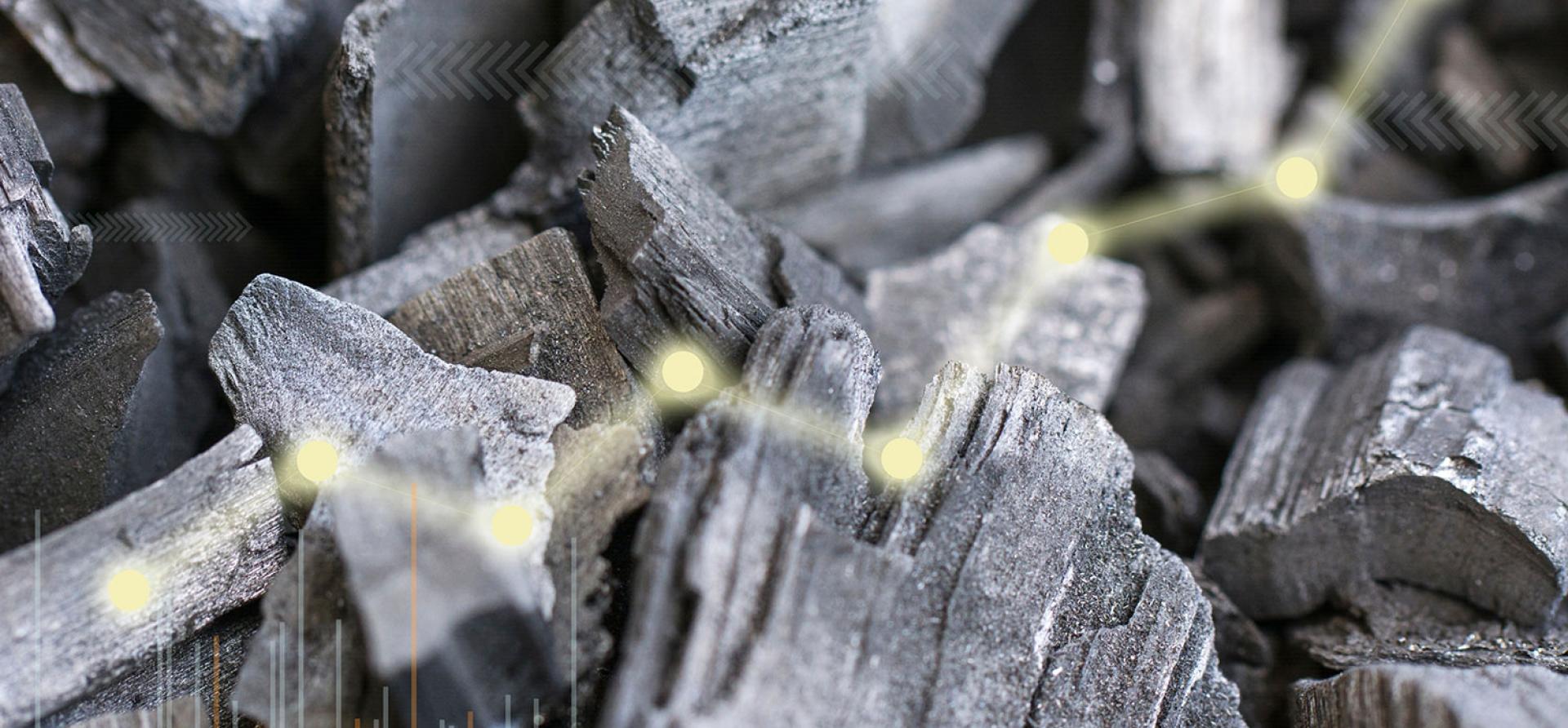
“Energy crisis.” The phrase evokes nearly-forgotten images of gasoline queues in the 1970s, but increasingly describes the spike in global fossil fuel prices. A handful of commenters eagerly lay the blame on renewable energy, which they claim has distracted the world’s attention from investments in oil, gas, and coal production that could have calmed markets.
Today’s energy price crunch has nothing to do with renewables
But a sober analysis suggests that today’s energy price crunch has nothing to do with renewables. After all, price spikes aren’t unique to energy. Computer chips, lumber, copper, and iron ore are among the many commodities and products that have seen global price spikes and shortages this year. As the COVID-19 pandemic raged and then eased—alternately slamming the brakes and flooring the accelerator of the global economy—volatility became the rule rather than the exception.
A close look at the surge in global coal prices is instructive. Prices for some low-grade thermal coals have quadrupled on international markets since last year’s lows. COVID-induced volatility bears much of the blame. But price spike also has its roots in the world’s largest coal market, China, which produces (and consumes) half the world’s coal and meets 60 percent of its energy needs from the mineral.
Over the past year, China has experienced domestic coal shortfalls and shrinking stockpiles that forced the country to boost its imports. Given the country’s outsized appetite for coal, even a modest boost in imports quickly sent seaborne coal prices skyrocketing. The recipe for China’s coal shortages had at least five key ingredients, none related to the country’s renewables policies:
A mine safety crackdown. The Chinese coal mining sector has been a risky business. The state-run Xinhua News Agency reported that 225 coal miners died in China during 2020 in 122 accidents. But in the wake of a cluster of fatalities, federal authorities launched a major safety inspection effort in November 2020. The heightened scrutiny was blamed for a slowdown in production that began in April, a month after China boosted penalties for mine accidents. The prospect of jail time made mining executives reluctant to boost output even as supplies tightened.
Curbs on overproduction. China’s coal mining sector had struggled over much of the past decade with overcapacity that flooded markets with cheap coal—making it hard for many firms to find profits. Last November, just as China’s government was cracking down on coal mine safety, it also stepped up inspections for quota violations—once again making it risky for mining companies to boost supplies.
An anti-corruption campaign in Inner Mongolia. One of China’s most sparsely populated provinces, Inner Mongolia produces roughly one-quarter of the nation’s coal. President Xi Jinping announced in March that the government would investigate coal industry corruption in the region in a campaign that would “never end.” (The campaign focused, in part, on companies producing more coal than their quotas.) Top officials in the regional government have been sent to jail for more than a decade, with one given a suspended death sentence. In early 2021, the government was investigating almost 700 corruption cases involving about 1,000 people. The campaign, which was expanded across the country, also encouraged coal mining firms to curb their production to avoid becoming entangled in an investigation.
As for China, so for the world.
A halt to Australian coal imports. Tensions between Australia and its largest trading partner heated up last year, largely due to China’s territorial claims in the Pacific Ocean and the Australian government’s call for a “weapons inspector”-type investigation of the origins of the COVID-19 virus. China responded by blocking Australian coal imports in November 2020. The squabble led Beijing to seek out other markets for coal imports from Indonesia, Russia, the United States and South Africa. The shift contributed to a tripling in the price of lower-grade Indonesia coal over the summer.
Weather: Too cold, too hot, and too wet. An unusually cold 2020-21 winter in North Asia prompted blackouts in some regions. At least nine grid systems in northern provinces recorded record demand in early January. Summer heat waves continued to pressure the coal supply. Now winter approaches, and major power plants reported having about a 10-day stockpile of coal, roughly half of last year’s total. The country, desperate to boost coal consumption, faces a new weather-related obstacle: Record-breaking floods have shut down 60 mines in Shanxi province, a region that produces 30 percent of China’s coal.
These factors, together with COVID, helped precipitate a domestic coal crunch in China that quickly spread around the planet. Those who would blame the growth of renewables for China’s coal shortages are grasping at straws. If anything, ramping up investments in renewables would ease the country’s reliance on volatile, unpredictable fossil fuel supplies.
As for China, so for the world. Until the planet completes its transition to a renewable energy-based economy, supply and demand shocks—such as the ones currently traveling around the globe—will be a fact of life.
Clark Williams-Derry ([email protected]) is an IEEFA energy policy analyst.
Related items:
IEEFA. Vietnam’s PDP8 Signals Policy Confusion About the Economics of Coal, September 2021.
IEEFA. What Led to Increasing Power Prices at Exchange? September 2021.
IEEFA. ADB Backs Coal Power Retirement in Southeast Asia. September 2021.


